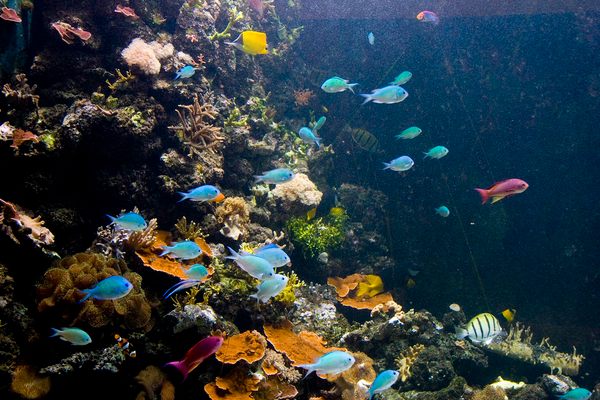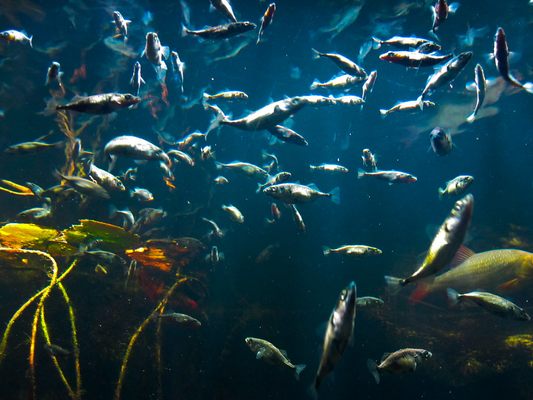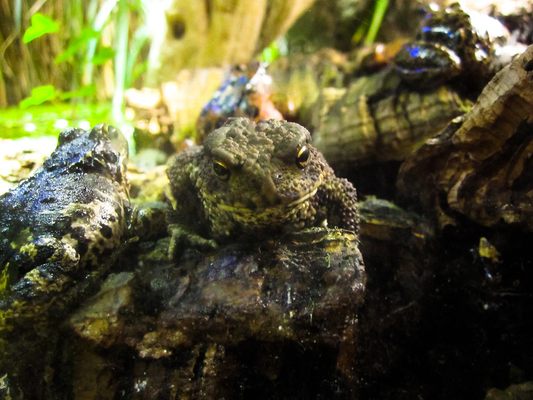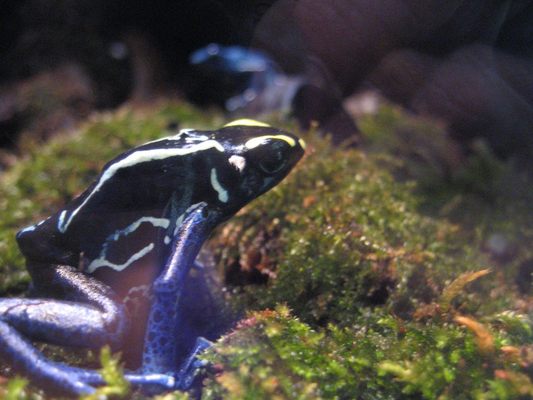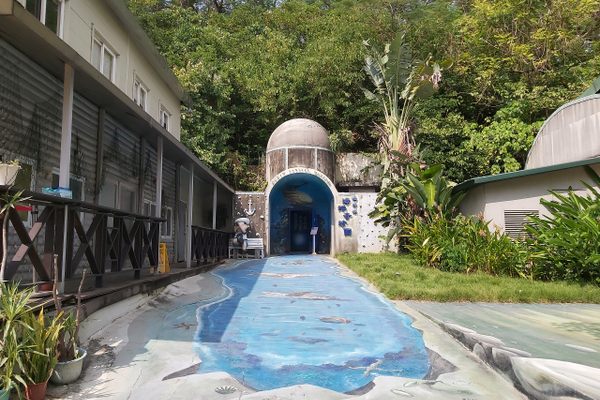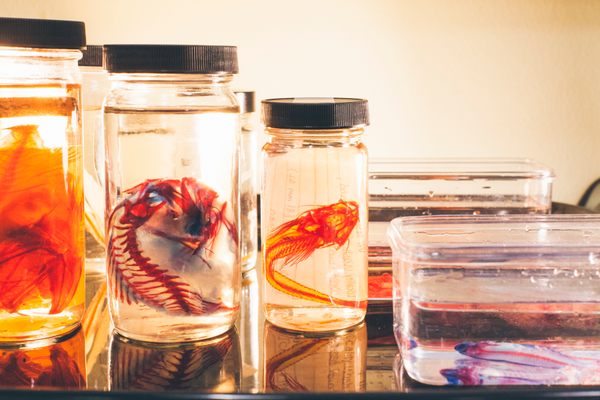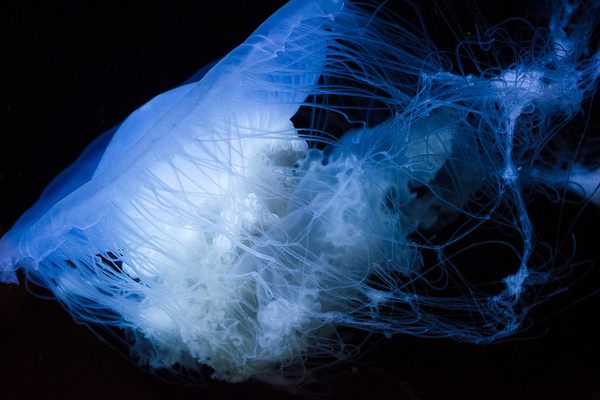About
Aquariums became a fashionable hobby for the wealthy classes in Victorian England after it was discovered that marine fish and organisms could be kept alive in glass displays. Many early aquariums were opened to the public in the 19th century and early 20th century and drew in crowds of fascinated visitors, who marveled at these artificial underwater worlds, often for the very first time.
But despite their initial popularity, very few of these attractions survived more than a decade, due to high maintenance costs and the ebbs and flows in public interest and support. The aquarium at London's Horniman Museum has been a notable exception, however; it has been a popular feature of the museum since Edwardian times when the institution first opened to the public.
In 1907, the Horniman Museum built a series of tanks to showcase exotic marine creatures like seahorses, anemones, and starfish to the public, forming an enchanting living museum within a museum. There is always something waiting to be seen here that will invoke a sense of awe in the viewer. At one moment you may contemplate the surrealness of a sea anemone or the sublime sight of a seahorse as it climbs a stalk of seaweed. At another moment you may find yourself admiring what appears to be a vibrantly orange piece of coral, only to realize that a grotesque goblin-like face is staring back at you that belongs to a camouflaged carnivorous creature known as the Australian frogfish.
But perhaps the most interesting exhibits are the large jellyfish colonies. These mesmerizing medusozoans drift through the water trailing their luminous and lethal appendages behind them. Many of the jellyfish species on display at the aquarium are the subjects of long-term scientific research that studies the ecology and behavior of these marine creatures.
The aquarium is also home to an assortment of amphibians that are part of captive breeding conservation programs. You can see everything from native species such as the European frog and common toad to a variety of colorful and terrifyingly toxic poison dart frogs native to the distant rainforests of Central and South America.
Related Tags
Know Before You Go
The Horniman Museum and aquarium are open daily from 10:30 a.m. to 5:30 p.m. Though the museum is free to enter, there is modest fee for a time slot given for access to the aquarium.
Published
July 7, 2019
